My apologies in advance. I've double posted similar messages in both Far North and in Conifers.
I grow trees in central Alberta. I'd like to expand my selection of firs, but have had trouble finding ones that tolerate our winter.
Subalpine fir is one I'm considering.
The literature describes three varieties, which the splitters want to call three species. (Taxonomists are roughly divided into the splitters who want to make ever more fine distinctions, and the lumpers who want to keep the names simple even if they describe hugely variable species.)
Anyway, the three varieties are laisiocarpa, bifolia, and arizonica. The latter is sometimes called corkbark fir, and is zone 5 hardy. Lasiocarpa is sometimes referred to coastal subalpine fir, and bifolia is sometimes called interior subalpine fir.
In additions, firs that come from places with colder winters, or more northern climes seem to require less warming to trigger de-winterizing. In the arctic or at high elevation this is an evolutionary win, as spring is short, late hard frosts are fairly rare once there has been a couple frostfree weeks, and the growing season is short. So get your needles out there when you can.
In more southern lands, spring doesn't come as quite such a rush. Days don't increase in length as fast. On the average the thermometer bounces around more making the transition. Lower elevations are more likely to collect pools of cold air. A tree needs to be a bit more hesitant to bud. (This same factor is the key difference for the hardier of the Japanese maples. -- they break bud later, and so don't get their tips frosted.)
Anyway, very cold climate firs tend to have bud damage from late frosts when grown in milder climates.
I've tried veitch fir, concolor fir. Both are nominally hardy to zone 3b. The ones in my yard do well. But my yard is 3 acres surrounded by a 50-100' wide band of spruce/poplar forest. The ones at the potyard suffer from tip burn, and needle desication. My working assumption at this point is that these trees are cold hardy but not dry hardy. The long months of steady breezes at close to zero absolute humidity combined with bright sun act to mummify the tissues of the plant. (Comparision: This year I also get tip burn on Scots pine "Lake Superior Blue" on Interior douglas fir, on black hills spruce. The Austrian pine, colorado spruce, meyers spruce, ponderosa pine, red pine, lodgepole pine, jack pine, mugo pine, mountain pine were unaffected. If this is a care induced problem, enlighten me, please.)
I've got 600 balsam fir in a trial now. 30 of them are planted on the edges of my pot yard; along trails in the woods. The remainder are in 1 gallon pots, but instead of being in the main pot yard, they are in parked in a young poplar bush with about 50% sun. We'll see if this helps.
I want to try abies sibirica. Everything else I've gotten from Siberia (Siberian Crabapple, Siberian Larch) has done really well here. (Generalizing from two data -- my logic professor would frown...)
I'm looking at getting a box of Abies lasiocarpa from PRT this spring. I have a choice of the following lots:
Species Seedlot Type Size Age Elev (m) BGCZone SeedPlanZone Lat Long No.
BL 03393 PSB 410 2+0 1543 WK 4913 11804 22.140 Request
BL 35573 PSB 410 1+0 1100 ESSF NST 5518 12757 4.320 Request
BL 39229 PSB 412A 2+0 1500 ESSF MIC 5127 11823 3.600 Request
BL 47447 PSB 410 1+0 850 ICH NST 5613 12922 1.245 Request
BL 47714 PSB 410 1+0 850 SBS BLK 5412 12650 0.810 Request
BL 47975 PSB 410 2+0 1650 ESSF SA 5057 11854 2.700 Request
Note that for several blocks I've got elevation, lat and long. If you plot them on google maps, several are from the coastal mountains, and several from the interior. At this point my inclination is to take the clump that is the lowest elevation from the interior, from the mountains near Sycamous B.C.
Thoughts?
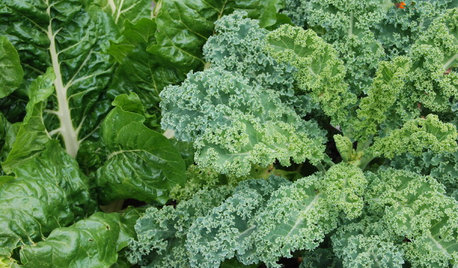
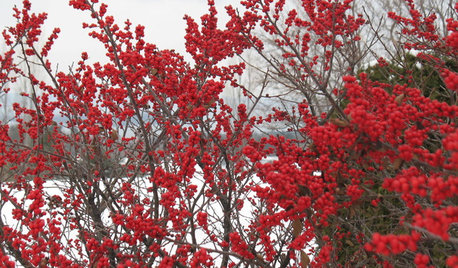
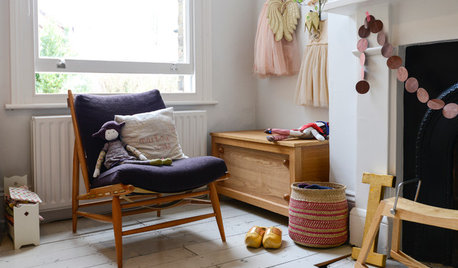

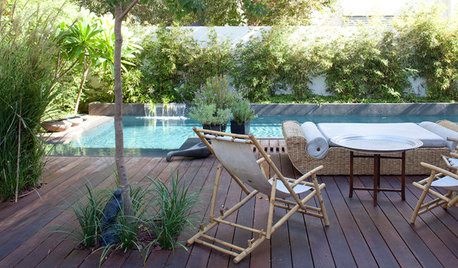



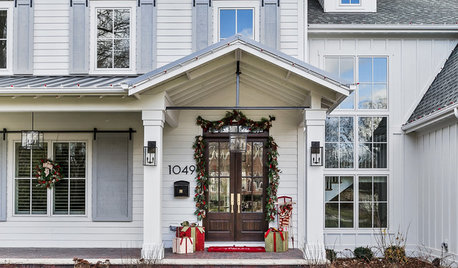
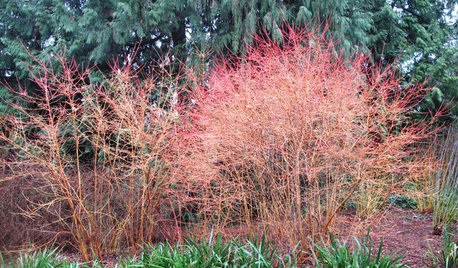







pineresin
pinetree30
Related Discussions
Completely mixed forests
Q
Semidesert conifers 7 Reloaded The Sagalassos Expedition Day 4
Q
Subalpine fir, seed or seedlings!
Q
Winter respite
Q
sluice